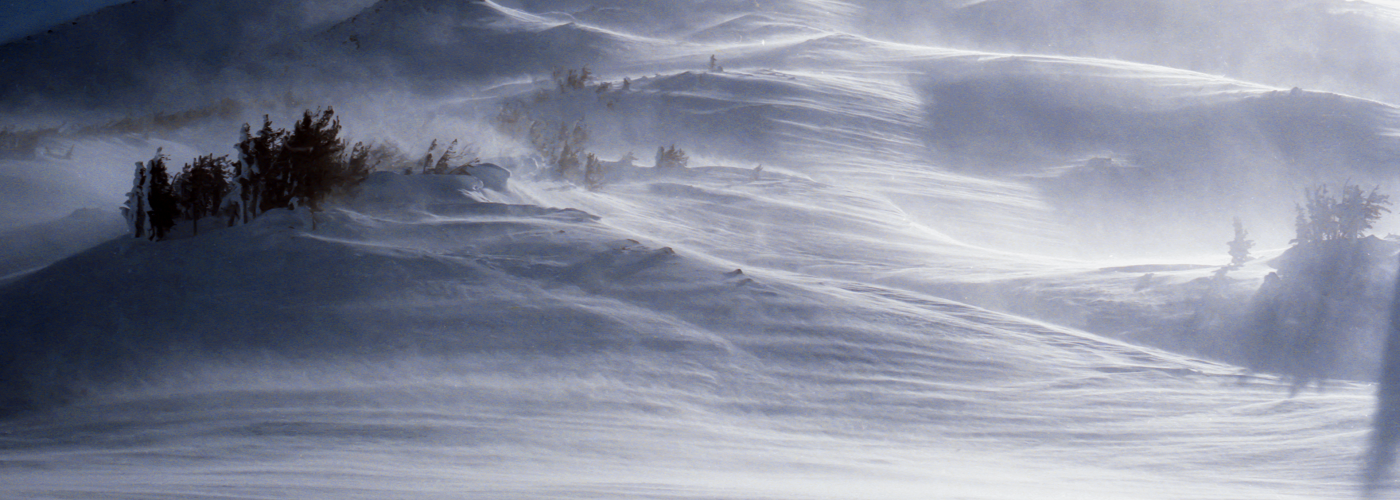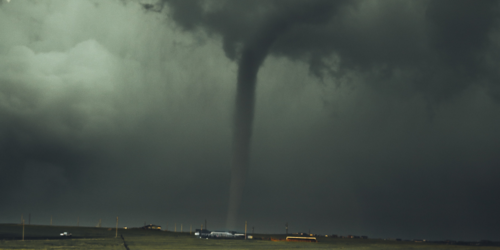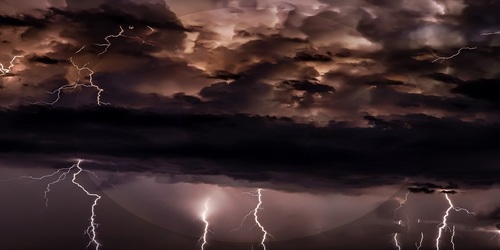

The months of October and November can be some of the most active months for extra-tropical low pressure systems across the Great Lakes and Midwest. Extra-tropical lows are the storm systems usually notated as a red letter "L" on surface weather maps. Not only can they bring strong winds and sharp temperature contrasts, if the conditions are cold and windy enough, an autumn blizzard can even develop. One of the strongest and deadliest autumn blizzards on record struck the Midwest on Armistice Day (now called Veterans Day) November 11, 1940.
The Armistice Day storm was responsible for the deaths of 144 people, many of whom were duck hunters who became stranded out on the Mississippi River when the temperature plummeted and whiteout conditions ensued. Out ahead of the storm system, earlier that day, conditions were mild with temperatures in the 50s and even some 60s into Illinois. These warm conditions proved to be an enticing deception to the duck hunters, many of whom had been off from school or took off from work to take advantage of the optimal conditions. On the morning of November 11, a low pressure system, which had initially brought gusty winds to the Pacific Northwest, had now reached central IA. As the cold, polar air started to work in behind the low, and the system raced northward to Lake Superior, so too did the heavy snow and whiteout conditions. Visibility was so poor that one survivor remarked when riding in the front seat of a car, there were times you couldn't even see the hood ornament. Hunters who had dressed relatively lightly now had to contend with near hurricane-force wind gusts and heavy snow out on the Mississippi River. Many froze to death either on islands in the river where they sought refuge, or drowned trying to reach shore in the strong winds. 66 sailors also died on five different ships which sank on Lake Michigan at the height of the storm. In Minneapolis, people abandoned their cars and by daybreak the following day, the snow was drifted up to near the top of car roofs.
After the poor advance warning and forecast that the United States Weather Bureau had provided, a restructuring of the organization took place. Instead of forecasts coming all the way from Chicago, Minnesota would get its own 24-hour forecast office. Also with advances in weather observing and forecasting technology like weather satellites, radar, and computer weather prediction, even though storms as strong as the Armistice Day Storm still strike the Midwest, they so far haven't caused nearly as great a loss of life as in decades past. However, the memory of the 1940 storm shows how autumn can bring wicked wintry weather to the nation's midsection.






